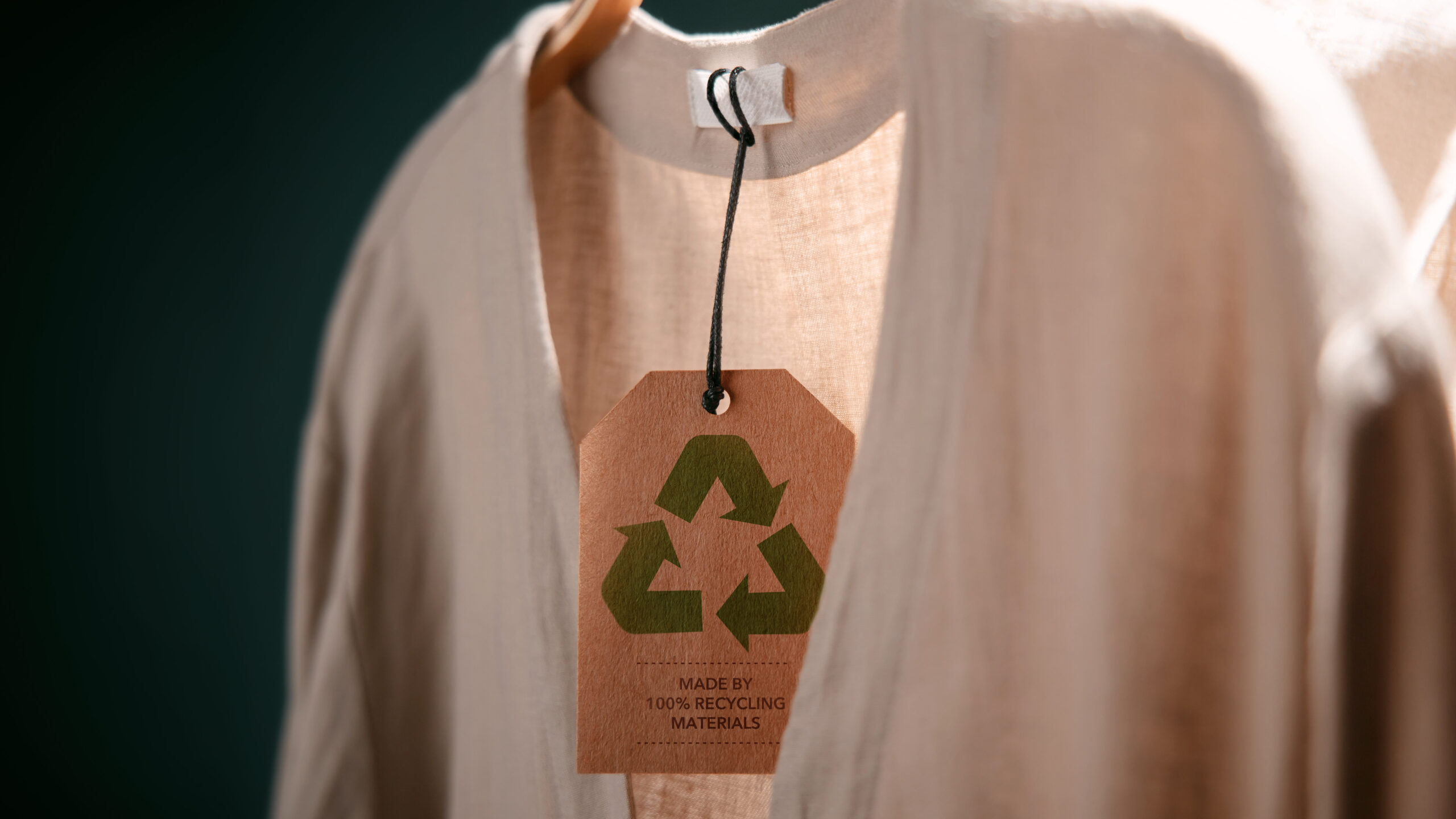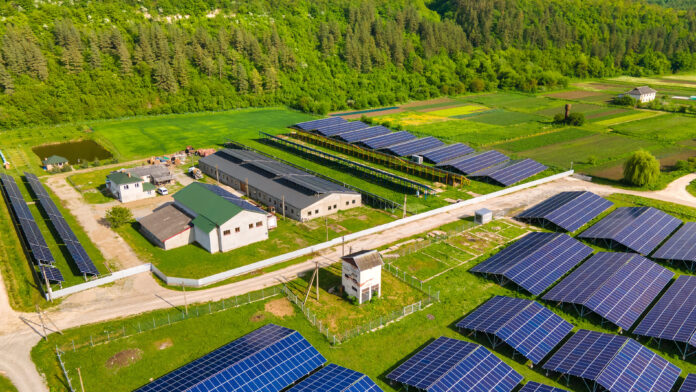The Future of Manufacturing in a Carbon-Conscious World
By Frontpage Journal | Business Insights
As global industries pivot towards low-carbon operations, a new concept is rising across Asia: Green Industrial Zones (GIZs)—manufacturing and logistics hubs powered by renewable energy, built with climate resilience in mind, and designed to meet the sustainability expectations of international buyers.
For Sri Lanka, still recovering economically and seeking competitive relevance, GIZs are not just a climate obligation—they are a strategic necessity. The path to industrial revival now runs through green infrastructure, policy innovation, and empowered youth entrepreneurship.
“This is our window to reposition Sri Lanka as a premium, ethical, and environmentally smart manufacturing destination,” says Dr. Dinesh Karunaratne, a senior advisor on industrial development policy. “Green zones can anchor both exports and employment.”
Why the Shift to Green Zones?
Driven by carbon border taxes, ESG scrutiny from investors, and consumer demand for traceable sourcing, manufacturers worldwide are under pressure to decarbonize. Countries like Vietnam, Bangladesh, and India are already piloting green special economic zones (SEZs) equipped with:
- Solar and wind-powered energy infrastructure
- Wastewater treatment and circular economy loops
- Carbon accounting systems embedded in operations
- Green finance frameworks and incentives
These zones give their exports a distinct competitive edge—cleaner inputs mean greater access to high-value global markets. “Buyers from Europe are now asking us for emissions data at the factory level,”
says Mehreen de Alwis, a garment exporter from Katunayake. “If we can’t show it, we risk losing contracts.”
The Policy Gap Sri Lanka Must Fill
Sri Lanka has existing Export Processing Zones (EPZs) but lacks a national strategy to green them. Current zones are powered mostly by fossil fuels and often lack data monitoring, sustainable logistics, or infrastructure for circular processes.
This is the moment for policy innovation.
What policymakers must do:
- Designate Green Manufacturing Hubs
Start by upgrading existing zones (e.g., Katunayake, Biyagama) with solar
microgrids, rainwater harvesting, EV charging, and green transport corridors. - Create ESG Incentive Packages
Tax breaks, expedited approvals, and export credits for firms meeting environmental performance indicators. - Attract Green FDI
Market Sri Lanka’s green zones to investors seeking clean manufacturing
bases—especially in apparel, food processing, and electronics. - Develop a Green Industrial Master Plan
A roadmap aligned with NDC (Nationally Determined Contribution) goals, linked to carbon markets, and open to international funding mechanisms like the Green Climate Fund.

Youth Entrepreneurship: The Missing Catalyst
Sri Lanka’s youth are highly literate, tech-aware, and environmentally conscious—but disconnected from traditional manufacturing narratives. GIZs offer an opportunity to make green industry aspirational again.
“Our generation doesn’t want to work in outdated factories. But we would love to build smart farms, electric vehicles, or sustainable packaging companies,” says Ravindu Jayasinghe, a 25-year-old climate tech founder.
To mobilize this potential:
- Establish innovation clusters within GIZs where startups can test green technologies on-site.
- Offer startup residencies and grants for climate-focused entrepreneurs working in areas like clean energy, sustainable design, and waste innovation.
- Partner with universities for R&D centres on green engineering, material science, an ESG data tools.
- Create public-private incubators within these zones to scale youth-led green ventures.
By embedding entrepreneurship into industrial policy, GIZs can become both job creators and innovation ecosystems.
Industry Transformation: From Compliance to Competitiveness
Sri Lankan industries especially apparel, agribusiness, and fisheries can use GIZs to upgrade their sustainability credentials. Global brands now demand verified low-carbon supply chains, traceability systems, and circular practices.
Green zones enable that transition, turning compliance into a competitive asset.

“We spend thousands trying to prove our sustainability to global clients. If it’s built into the zone’s infrastructure, we save money and gain credibility,” says Thilaka Fernando, COO of a mid-sized textile factory.
The Bigger Vision: Green Zones for Global Recognition
Imagine a “Made in Sri Lanka” label that guarantees:
- Solar-powered manufacturing
- Fair employment
- Circular production
- Verified carbon reduction
That label could command premium pricing, attract green investors, and reposition Sri Lanka as a regional sustainability leader.
It’s already happening elsewhere:
- Vietnam’s Deep C Industrial Zone is powered by renewables and circular systems. India’s Aurangabad Industrial City (AURIC) uses smart water, waste, and energy management tools.
- Bangladesh’s Mirsarai Economic Zone is piloting green manufacturing corridors for garment exports.
Sri Lanka can do the same with its own flair.
Time to Act
Green Industrial Zones are not futuristic. They are happening now, and Sri Lanka risks falling behind if we don’t build the right infrastructure, policies, and entrepreneurial ecosystems today.
This is more than an environmental agenda. It’s a national industrial strategy. A jobs plan. A youth agenda. A brand positioning exercise.
The world is demanding green value. We can either supply it, or watch our relevance fade.




